Search
Did you mean: Pan?
Summary 
Loading AI-generated summary based on World History Encyclopedia articles ...
Search Results
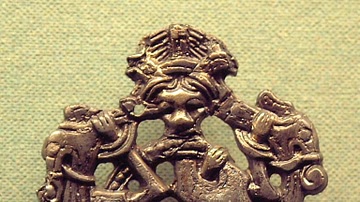
Image
Viking Age Pin In Borre Style
Viking Age bronze clothing pin (fibula) found in the Viking settlement of Hedeby, heavily decorated in the so-called Borre style (c. 850-late 10th century CE).
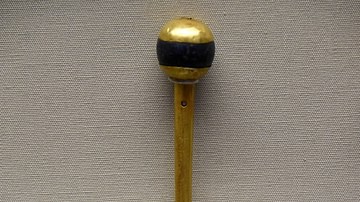
Image
Gold and Lapiz Lazuli Pin of Puabi, Ur
This gold toggle was found with the body of Puabi herself inside her grave, by her upper left arm. Puabi was a Semitic Akkadian woman from Ur, c. 2600 BCE, possibly a queen or priestess. The lapis lazuli head was carved, perforated, and polished...
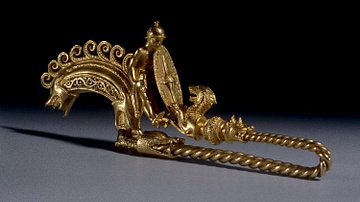
Article
Celtic Brooches - The Jewellery of the Ancient Celts
Ancient and medieval Celtic cultures produced many forms of jewellery, and one distinctive category is their brooches, fibulae, and pins. Without zips and buttons, brooches were used to close items of clothing, to create a pleasing or fashionable...
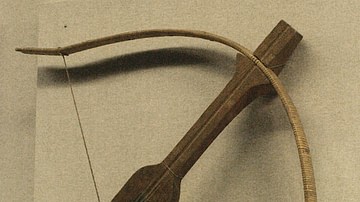
Article
Crossbows in Ancient Chinese Warfare
The crossbow was introduced into Chinese warfare during the Warring States period (481-221 BCE). Developing over the centuries into a more powerful and accurate weapon, the crossbow also came in versions light enough to be fired with one...
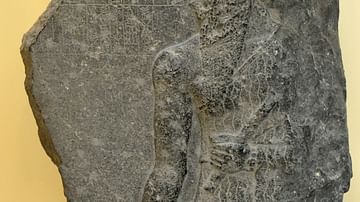
Article
The Legend of Cutha
The Legend of Cutha (also known as the Cutha Legend and Kutha Legend) is a fictional work dated to the 2nd millennium BCE belonging to the genre known as Mesopotamian Naru literature. It features the Akkadian king Naram-Sin (r. 2261-2224...

Definition
Leif Erikson
Leif Erikson (also spelled Leif Eriksson, Old Norse Leifr Eiríksson), nicknamed Leif 'the Lucky', was a Norse Viking who is best known for arguably being the first European to have set foot on North American soil along with his crew c. 1000...
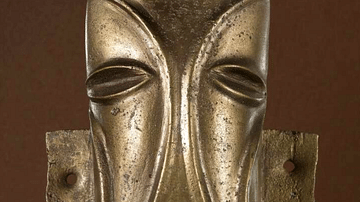
Definition
Ancient Celtic Art
Art, along with language, is perhaps the best way to see the connections between the ancient peoples we label as Celts who lived in Iron Age Europe. There were great variations across time and space but common features of ancient Celtic art...
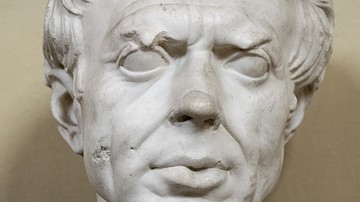
Article
Marian Reforms
The Marian Reforms were a set of the reforms introduced to the Roman army in the late 2nd century BCE by Roman general and politician Gaius Marius (157-86 BCE). Through these reforms, the Roman army was transformed from a semi-professional...
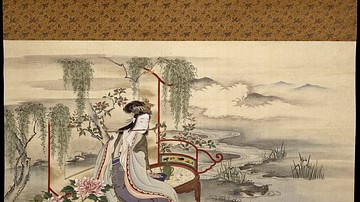
Article
Song of Everlasting Sorrow
The Song of Everlasting Sorrow is a narrative poem of the Tang Dynasty (618-907 CE) inspired by the love affair between Xuanzong (r. 712-756 CE), the seventh emperor of the dynasty, and his consort Lady Yang. It was written by the Chinese...

Article
Battle of Friedland
The Battle of Friedland (14 June 1807) was a decisive battle of the Napoleonic Wars (1803-1815), fought by the armies of the French and Russian empires. A major French victory, Friedland caused the Russians to sue for peace, resulting in...